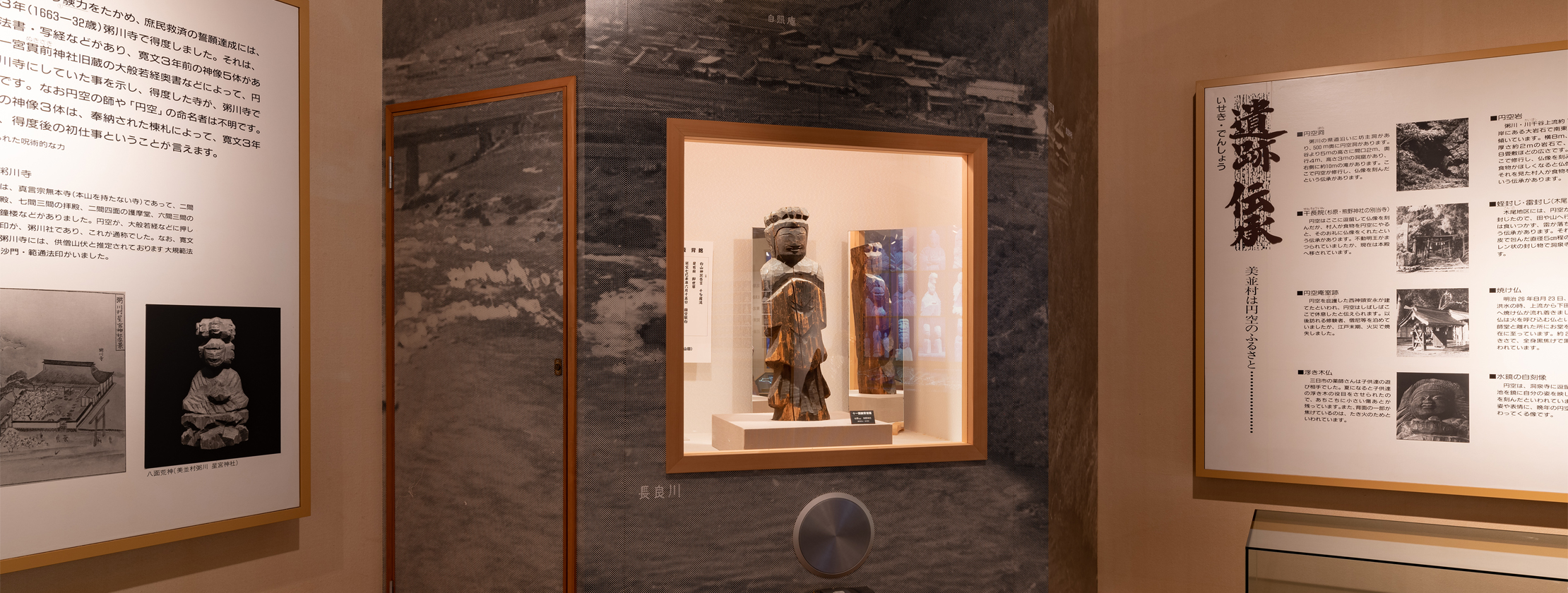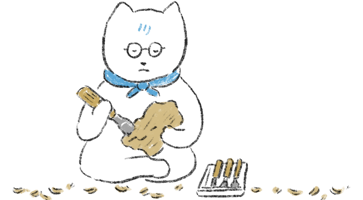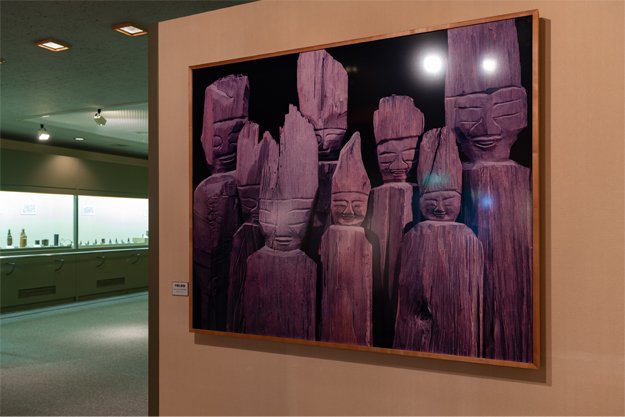Enku’s life
Enku was born in 1632 at the foot of Mt Fukubegatake (Current Minami-cho, Gujo-shi) in the southern part of Gujo-gun, Mino Province, as a child of a woodworker. A woodworker is a craftsman who makes woodwork products such as bowls. It is believed that Enku became familiar with trees and used them in sculpture because he played in the mountains from his early age.
Enku learned sutras and handicrafts at Kayugawaji Temple. When he grew up, he started mountain training at Mt Ibuki and Mt Hakusan. In 1663, he became a monk at Kayugawaji Temple at the age of 32. When he started following the Buddhists, he traveled and practiced around the country from Hokkaido to Kinki. It is said that he returned to Mino Province in his later years. In 1695, he passed away at his 64 years old on the banks of Nagaragawa River in Seki-shi.



Enku and fruitarianism
Enku started mountain training, deepened his understanding of Shugendo (Japanese mountain asceticism of Shintoism and Buddhism), and started fruitarianism. Fruitarianism was born from training in a mountain from eating nuts and grass in the mountains. Enku carried out fruitarianism, traveled all over the country without staying in one place, and continued to make Buddhist statues throughout his life.

Enku’s hometown, Minami
Among all the Buddhas left by Enku, about 5,000 have been found nationwide about 1,600 of them are left in Gifu-ken. There are currently more than 160 Enku Buddhas left in Minami-cho. From the early stage to the later years, Enku Buddha statues of a wide range of years are left behind. You can see that Enku repeatedly went out from here to various places and returned.





